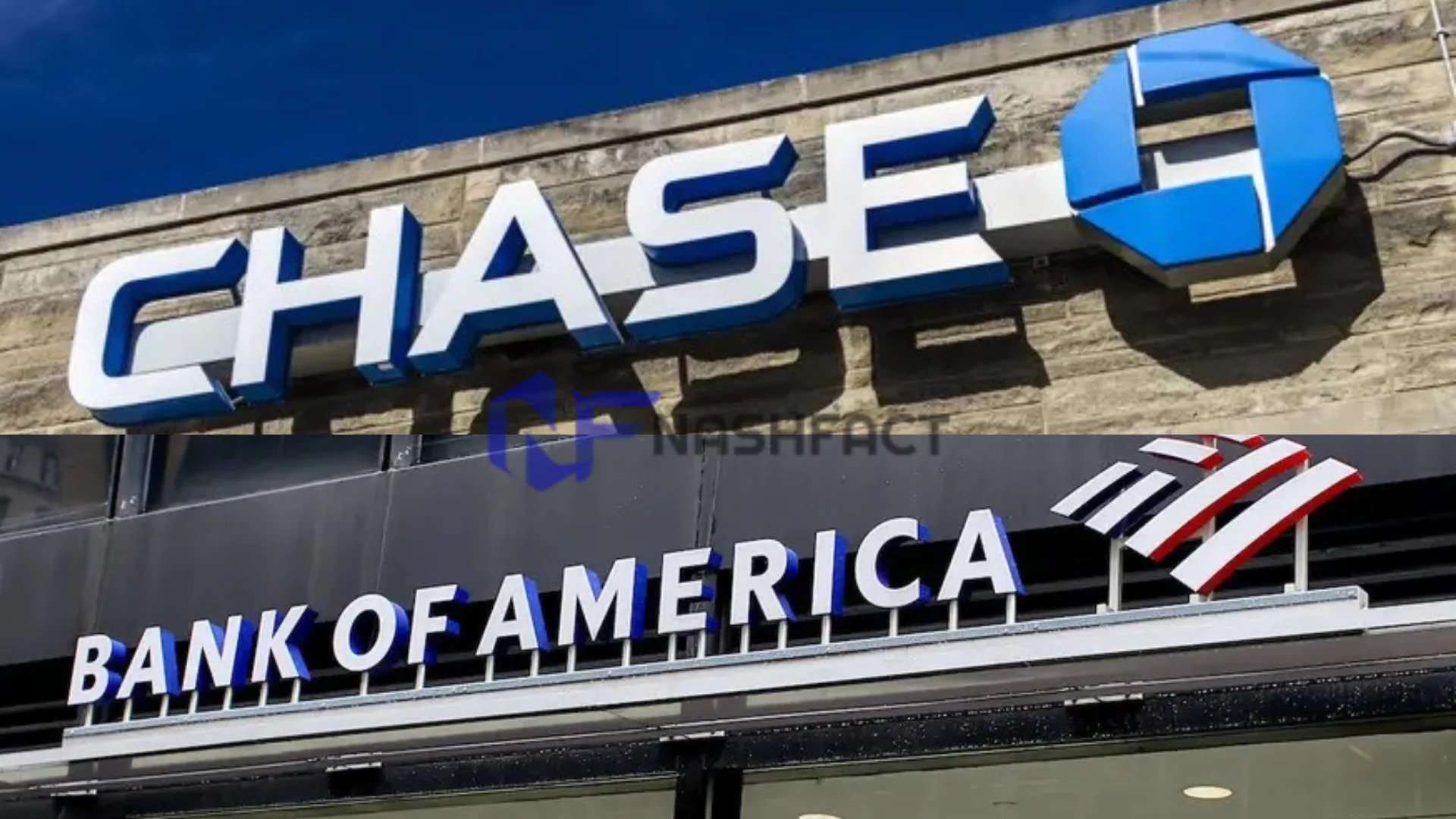- 25 September 2023
- No Comment
- 806
Comparing High-Yield Savings Accounts: Citi vs. Wells Fargo

Savings accounts are the bedrock of personal finance, providing a secure place to store your money while earning interest. When it comes to choosing the right bank for your savings, two major players in the industry stand out: Citibank and Wells Fargo.
I’m Nabeel, a seasoned Chartered Accountant with a remarkable 17-year journey through the realms of investment banking, management consulting, and entrepreneurship.
Citibank (Citi) and Wells Fargo are two national giants that have endured the test of time in conventional in-person banking. These banks provide various financial services, such as high-yield savings accounts, and picking the best one for your needs can be a crucial financial choice.
In this article, we’ll compare the savings account offerings from both Citi and Wells Fargo, delve into their pros and cons, assess their recent history to gauge their trustworthiness, and provide recommendations for your financial journey.
Citibank: A Global Banking Powerhouse 
Overview of Citibank
Citibank, a subsidiary of Citigroup Inc., is a global banking behemoth with a significant presence in more than 90 countries. Its extensive reach and diverse financial products make it a formidable choice for savers.
Savings Accounts Variety
Citibank provides a selection of savings accounts to cater to different customer needs. These include:
- Citi® Accelerate Savings: This high-yield savings account offers a competitive annual percentage yield (APY) that can help your money grow faster.
- Citi® Savings: A straightforward savings account with low minimum balance requirements and easy access to your funds.
- Citi® Elevate Savings: Designed for savers with higher balances, it offers premium interest rates and additional perks.
Digital Banking Experience
Citibank’s digital banking platform empowers customers to manage their savings accounts with ease. Features such as mobile check deposits and online fund transfers enhance convenience.
Citibank (Citi) Advantages and Disadvantages
Advantages |
Disadvantages |
| Extensive Branch and ATM Network: Citi boasts a wide reach with 690 branches and over 65,000 fee-free ATMs, ensuring accessibility for its customers. | Account Packaging: Citi organizes its bank accounts into packages, which can complicate the separation of checking and savings accounts. |
| High-Interest Rate: Citi offers an attractive interest rate on its savings accounts, provided you maintain a minimum balance of at least $1. | No Money Market Account: Unlike some competitors, Citi does not offer a money market account. |
| Monthly Fee Waivers: Citi provides options to waive monthly service fees through various means. | Monthly Service Fees: Monthly service fees apply if you don’t meet the criteria to waive them. |
| Diverse CD Options: The bank offers different types of certificates of deposit (CDs), including no-penalty and Step Up CDs. | Limited Geographic Availability: Citi’s high-yield savings account, Citi® Accelerate Savings, is not available in several states and regions. |
| Cash Bonus Opportunity: New customers have the chance to earn cash bonuses of up to $2,000. | BBB Rating: Citi has received an F rating from the Better Business Bureau (BBB) due to government actions and a high volume of customer complaints. |
Wells Fargo: A Banking Legacy
Wells Fargo’s Expansive Network
Wells Fargo, with a history dating back to the 19th century, is one of the oldest and most established banks in the United States. It operates thousands of branches and ATMs across the nation, making in-person banking accessible.
Savings Accounts Options
Wells Fargo offers several savings account options, each designed to suit different financial objectives:
- Way2Save® Savings: A traditional savings account with a focus on automatic savings transfers to help you build your nest egg gradually.
- Platinum Savings: This account offers a more competitive interest rate for customers with higher balances.
- CD (Certificate of Deposit): Wells Fargo provides a variety of CDs with different terms, allowing you to lock in your savings at a fixed interest rate.
In-Person Support
Wells Fargo prides itself on its branch network, where customers can seek in-person assistance and guidance from knowledgeable banking professionals.
Wells Fargo Advantages and Disadvantages
Advantages |
Disadvantages |
| Expansive Branch and ATM Presence: Wells Fargo operates a vast network of 4,900 branch locations and 12,000 ATMs nationwide, providing convenience for customers. | Low-Interest Rates: Wells Fargo’s savings and CD interest rates are relatively lower compared to some competitors. |
| Monthly Fee Waivers: Wells Fargo offers options to waive monthly service fees on select accounts. | Monthly Service Fees: Monthly service fees apply to certain Wells Fargo accounts. |
| Unique Save As You Go® Feature: This feature automatically transfers $1 from your checking account to your Way2Save Savings Account each time you use your debit card. | BBB Rating: Wells Fargo has received an F rating from the BBB due to customer complaints and government actions related to racial and disability discrimination. |
| Checking Account Bonus: Wells Fargo Everyday Checking presents an opportunity for a $300 bonus with specific qualifying criteria. |
Comparing Citi and Wells Fargo Savings Accounts
Both Citi and Wells Fargo offer two types of savings accounts. We’ll specifically compare the Citi® Accelerate Savings to the Wells Fargo Way2Save® Savings accounts, as they are widely available and share similar monthly service fees.
Citi® Accelerate Savings |
Wells Fargo Way2Save® |
|
APY |
|
| Citi – 4.35% (varies by location) | Wells Fargo – 0.15% |
|
Minimum Opening Deposit |
|
| Citi – $0 | Wells Fargo – $25 |
|
Monthly Service Fee |
|
| Citi – $4.50 monthly service fee | Wells Fargo – $5 monthly service fee |
|
How to Waive the Monthly Fee |
|
| For Citi: | For Wells Fargo: |
| Monthly service fees are waived during the first three months. | Keep a daily account balance of $300 or more. |
| Subsequently, you can meet one of the following requirements to avoid fees: | Set up an automatic transfer of $25 or more from a linked Wells Fargo checking account during each fee period. |
| Maintain an average monthly balance of $500 or more. | Initiate an automatic transfer of $1 or more on each business day within a fee period from a linked Wells Fargo checking account. |
| Possess a checking account. | Utilize the *Save As You Go* feature if you have a checking account. |
| Fulfill specific monthly criteria. | Be under the age of 24. |
|
Important Considerations |
|
| For Citi: | For Wells Fargo: |
| Availability may be limited in certain states. | No additional caveats. |
| Opening a checking account may be required in addition to a savings account. | |
Citi® Accelerate Savings is likely the more appealing option for those aiming to maximize their interest earnings. However, availability can be a key factor, as Citi® Accelerate Savings is primarily offered as an online-only account.
On the other hand, if you prioritize access to physical branches and ATMs, Wells Fargo’s Way2Save® Saving Account may better suit your needs. Ultimately, your choice should align with your financial goals and lifestyle preferences. Make a well-informed decision to secure your financial future.
Assessing Trustworthiness and BBB Ratings
To determine how each bank addresses customer concerns, we refer to ratings from the Better Business Bureau (BBB). These ratings provide insights into their overall trustworthiness.
Wells Fargo has received an F rating from the BBB due to its handling of customer complaints and government actions taken against the bank.
Citi also holds an F rating, primarily due to a high volume of customer complaints and government actions against the institution.
While a poor BBB rating is noteworthy, it should not be the sole factor in your decision-making process. Consider speaking with current customers and exploring online reviews to gain a deeper understanding of which bank aligns better with your preferences.
Recent Controversies: Citi and Wells Fargo
Both Citi and Wells Fargo have been involved in public controversies in recent years:
Controversies involving Citi
In 2020, Citi was required to pay $400 million in a settlement with the Comptroller of the Currency due to inefficient banking practices.

Controversies involving Wells Fargo
In December 2022, the Consumer Financial Protection Bureau mandated Wells Fargo to pay over $3.7 billion in a settlement related to wrongful fees, leading to customer losses. The settlement also addressed wrongful overdraft fees on checking and savings accounts.
In 2021, the Office of the Comptroller of the Currency issued a cease and desist order against Wells Fargo, citing inefficiencies in its compliance risk management program.
In 2020, Wells Fargo paid substantial settlements for its employees creating unauthorized bank accounts to meet unrealistic sales goals.
Verdict: Citi or Wells Fargo Savings Accounts?
In my professional opinion;
Choose Citibank Savings Accounts
if you’re seeking a high-yield savings account with competitive interest rates and a robust digital banking experience. Citibank is an excellent choice for international travelers and those looking for a diverse range of financial products.
Opt for Wells Fargo Savings Accounts
if you prioritize in-person support through an extensive branch network. Wells Fargo’s traditional banking approach is well-suited for individuals who value face-to-face interactions with banking professionals.
The choice between Citibank and Wells Fargo ultimately depends on your specific financial needs and preferences. Both institutions offer reliable savings account options, and by carefully evaluating their features, you can select the one that best serves your financial journey.
Remember that fees, terms, and conditions may change over time, so it’s advisable to verify the latest information directly from the banks before making your decision. Your savings account is an essential part of your financial toolkit, and choosing the right one can pave the way to achieving your financial goals.



